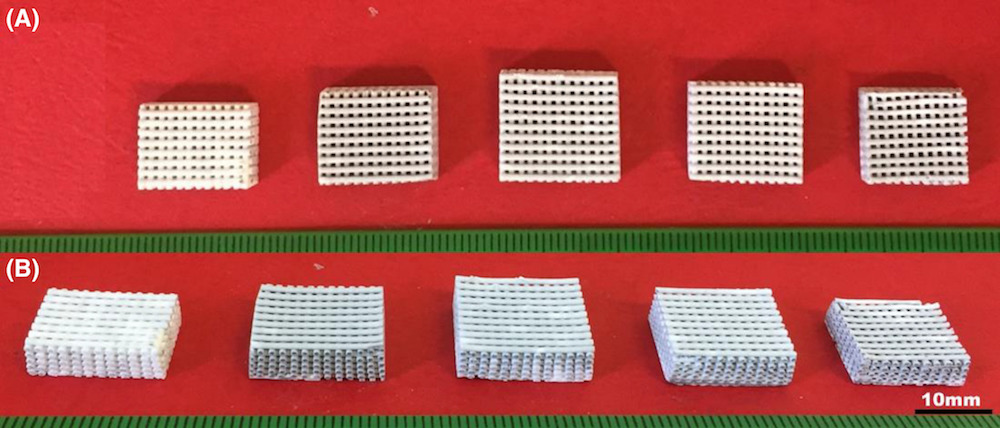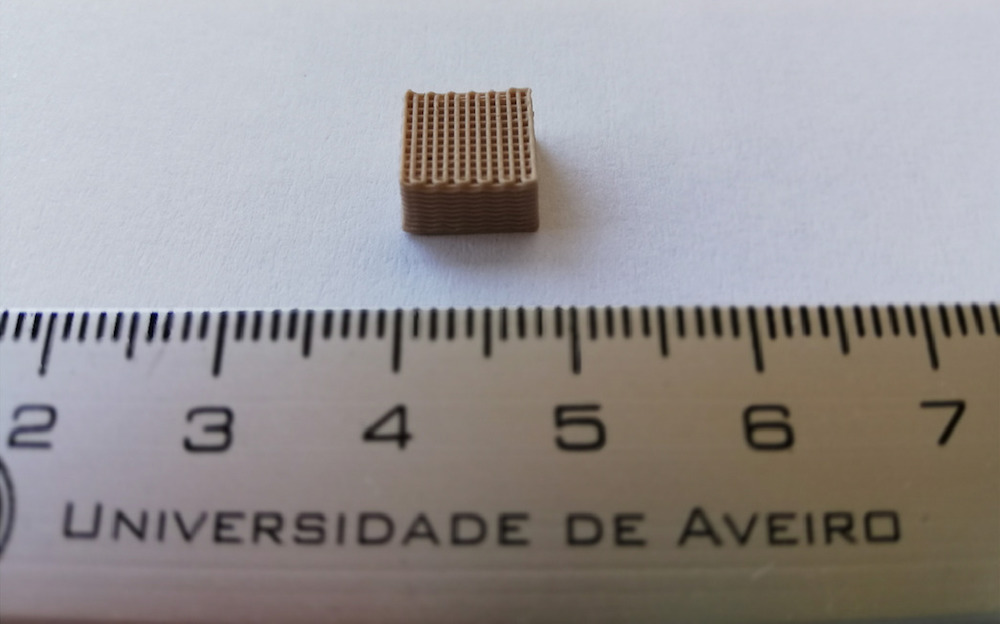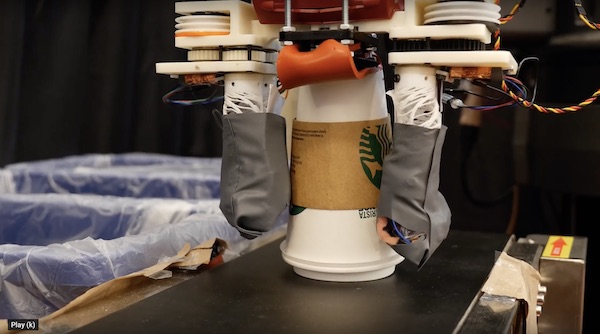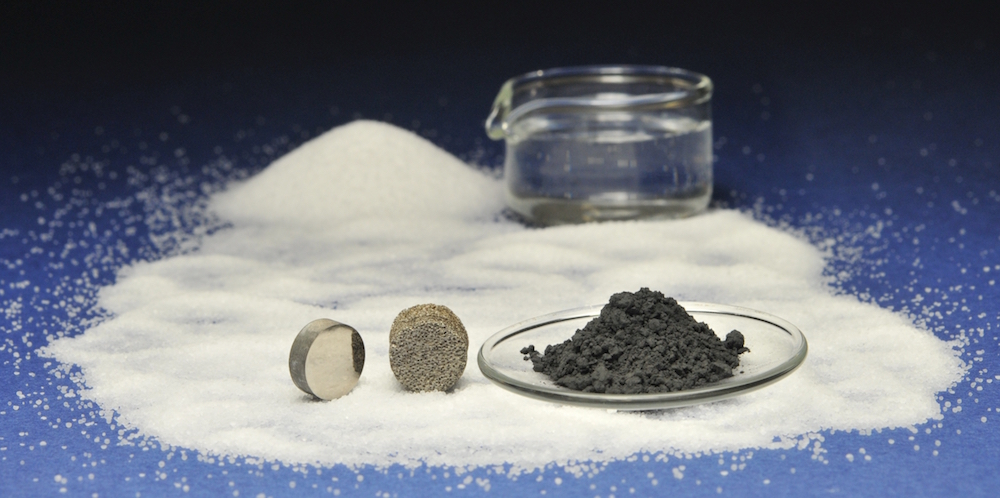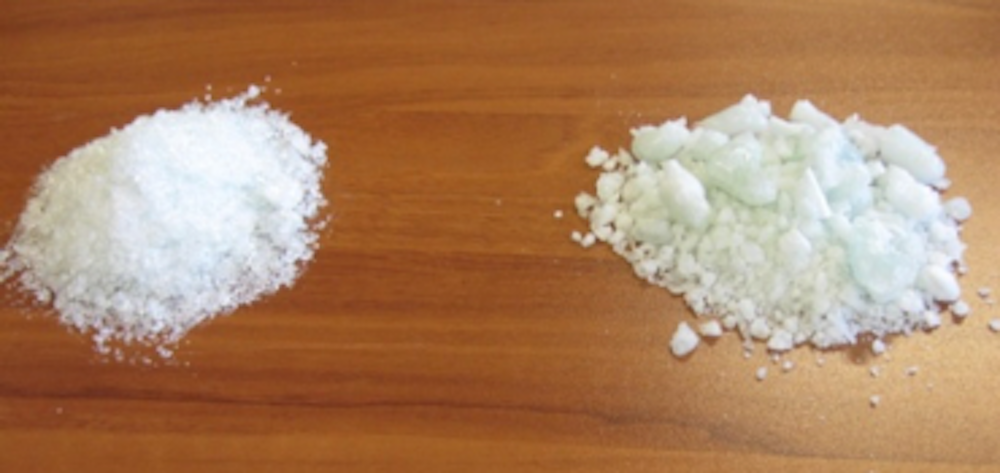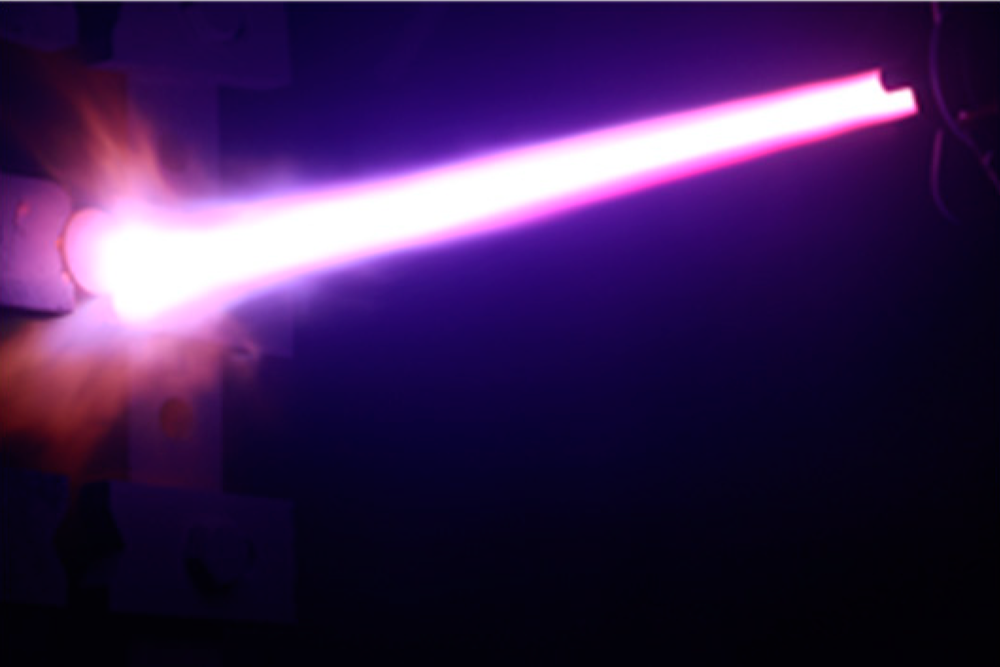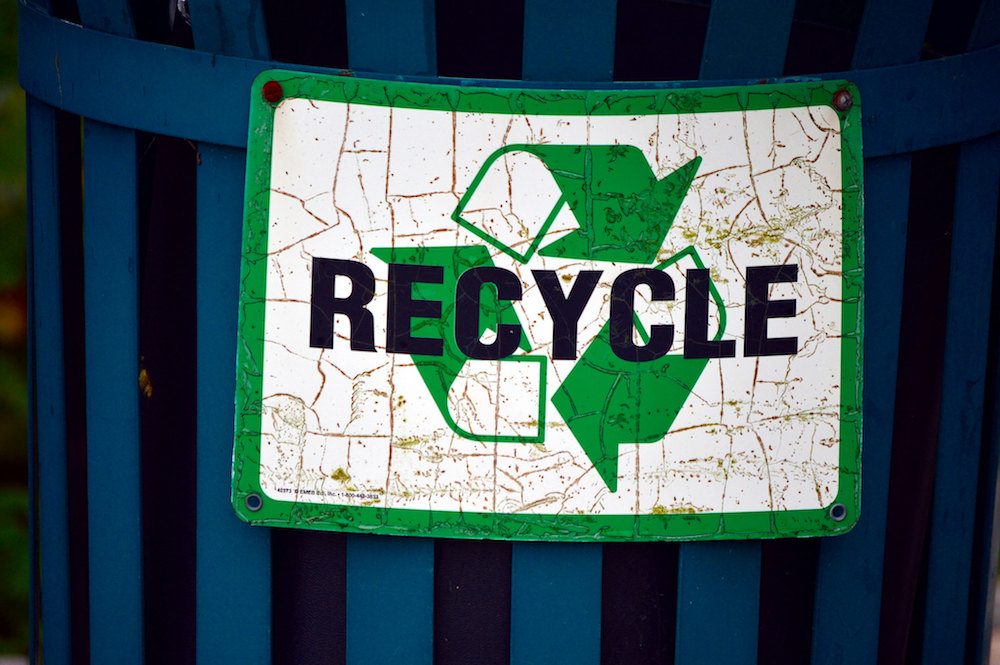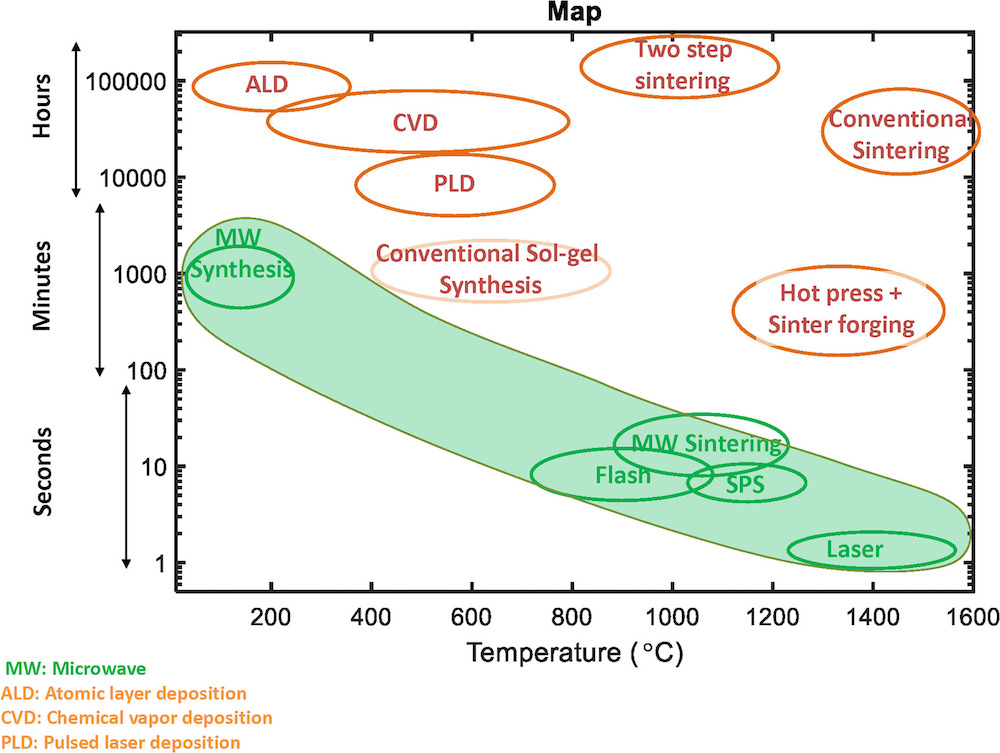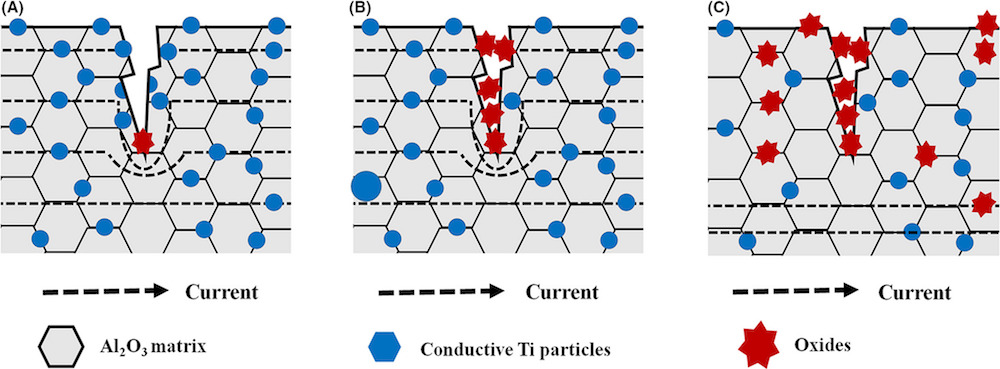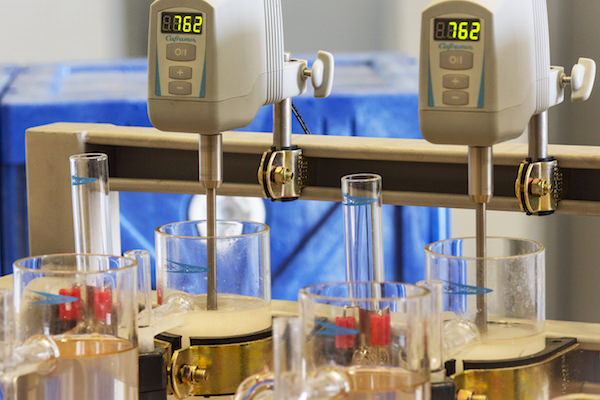An international team of researchers found they could use 3D printing to create Biosilicate® glass-ceramic scaffolds. This method offers low-cost fabrication of bioactive glass-ceramics for biomedical applications.
Read MoreAs additive manufacturing techniques become increasingly sophisticated, they offer a way to effectively construct specialized electronic devices. Two recent papers describe different direct-writing AM methods for constructing lead-free piezoelectric parts.
Read MoreResearchers at MIT developed a robot that can effectively separate mixed recyclable materials, using two flexible silicone “hands” to feel the difference between paper, metal, and plastic.
Read MoreNonoxide ceramics typically undergo high-temperature synthesis in an inert atmosphere to prevent spontaneous oxidation. Researchers at Forschungszentrum Jülich have now found that potassium bromide keeps nonoxide ceramics from oxidizing when synthesized in normal air.
Read MoreFrit produced by researchers in Spain using a pre-production scale microwave processing method compared well to commercial frit prepared in a traditional gas-fired continuous furnace—and it used 64 percent less energy per kilogram of frit to produce.
Read MoreUltra-high temperature ceramic coatings are conventionally applied to composites using chemical vapor deposition. In a recent study, researchers from Korea experimented with applying UHTC coatings using a vacuum plasma spray process instead.
Read MoreAlthough 91 percent of the plastics discarded on this planet have never been recycled, the materials recycling status of glass has to be better…right? A daunting look at the current state of recycling.
Read MoreField-assisted sintering techniques (FAST) offer a way to lower firing temperatures and cycle times of sintering processes. The feature article in the January 2019 issue of Journal of the American Ceramic Society summarizes discussions from a workshop aimed at understanding the mechanisms behind FAST.
Read MoreOsaka University researchers found that anodic oxidation allows them to self-heal ceramic-based composites at room temperature, bypassing high-temperature treatments that can cause undesirable reactions.
Read MoreThe Rare Earth Extraction Facility, recently opened at West Virginia University, is developing a process to extract rare earth materials from acid mine drainage. The new facility could help lessen U.S. dependence on REE imports as well as boost the West Virginia economy.
Read More
